Electric Bike Types
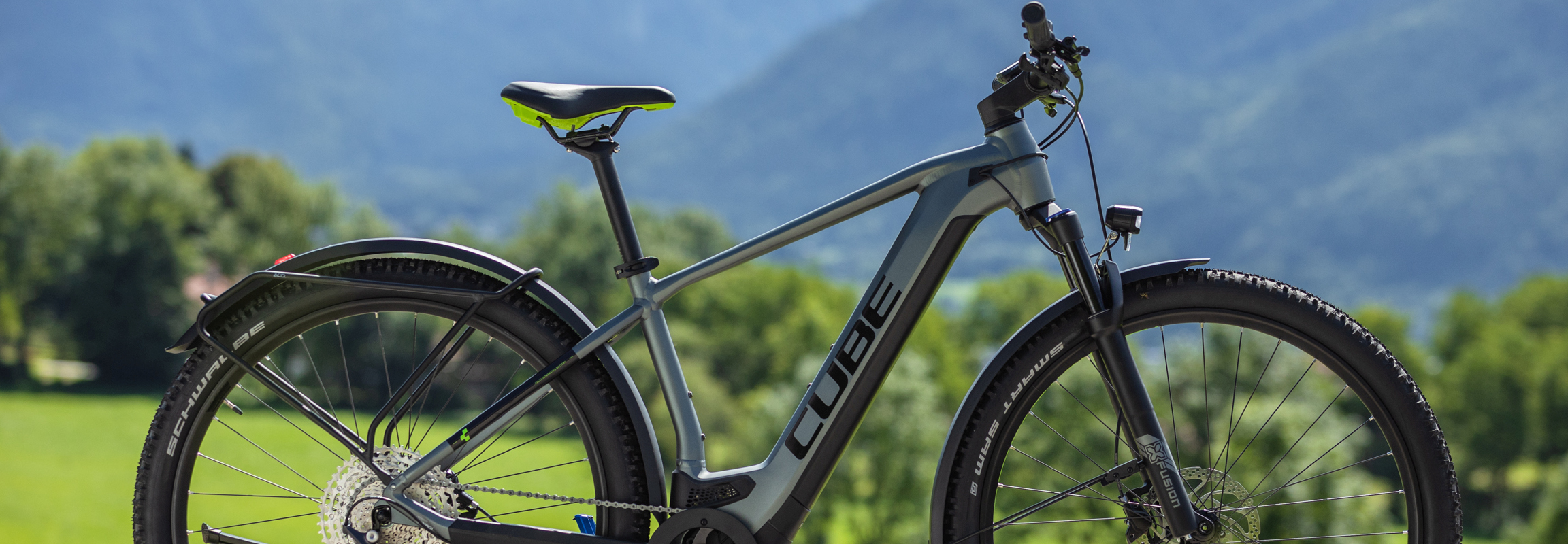
Choosing the right type of electric bike is really important. You will need to identify not what you want to do with it but what you will actually do. Some bikes are more suitable than others for the lifestyle you may have. Ultimately it is your choice what bike you choose but here is a quick summary of what each type of bike is and what it is designed to do.
When you have decided what type of ebike you need, consider frame styles too. A lot of models have a choice available
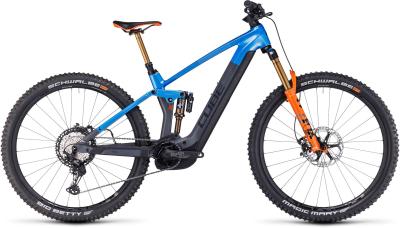
Full Suspension MTB
A full suspension eMTB has front and rear suspension with typically more travel than you will find on other bikes with front suspension. They are designed to be used exclusively offroad and are very common at trail centres with purpose built downhill and cross-country enduro courses. They often have the most powerful motors, biggest battery capacities and a high level of componentry which puts the price tag of these bikes at a premium.
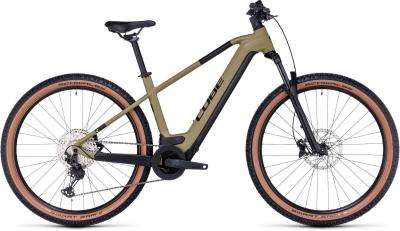
Hardtail MTB
A hardtail eMTB has suspension on the front only. If you want to ride offroad regularly but don't think you will be throwing it around a trail centre then this might be an option for you. They still feature big batteries and powerful motors and are at home on the road too which makes them a choice for riders who want to do a bit of both. They are significantly cheaper than a full suspension eMTB and offer a bit more versatility.
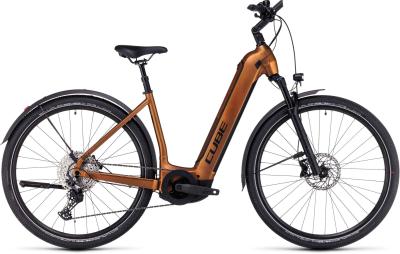
Trekking & Leisure
This is probably the widest and most popular category of ebike. These bikes have an upright position and usually come in different frame styles. A Trekking style bike usually has a grippier tyre and is designed to spend more time riding light offroad around parks, trails and towpaths. Leisure bikes are very similar, in appearance, but will have a slicker more road orientated tyre fitted. Both feature simple front suspension for comfort. Price points determine the power of the motor and battery capacity you get.
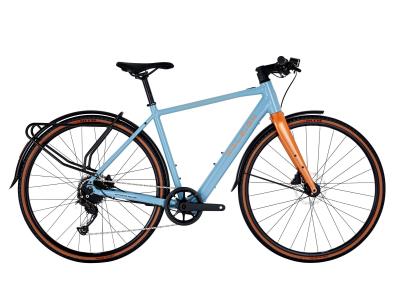
Road & Gravel
These are quite different to eMTB , Trekking and Leisure bikes. Skinny tyres for road and thin knobbly tyres if its a gravel bike. The bars maybe flat or dropped but the most important difference is the motor and battery. They usually have a motor in the rear hub instead of the crank and the battery capacities are smaller due to the frame style but the bikes are significantly lighter than any other ebike which will help the range.
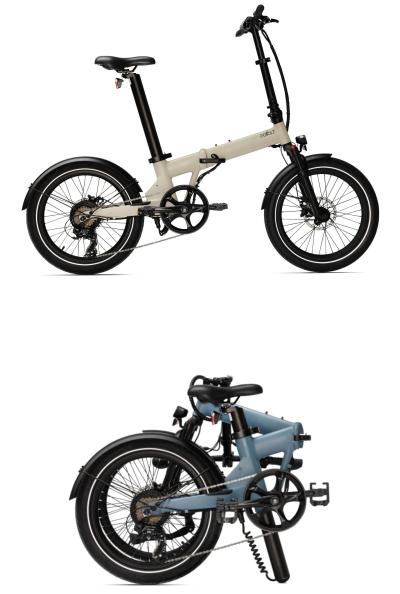
Folding
These do exactly as described. They fold up for ease of storage and travel. Motor power and battery capacities are generally compromised unless you spend a lot of money. We would only recommend a folding ebike if you actually need one. If you don't need to fold it, your money is better spent on a different type of bike.
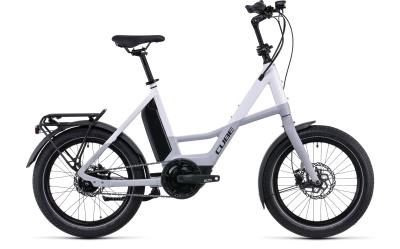
Compact
These are quite niche and probably sit in between a Trekking or Leisure bike and a Folder. With a crank-based motor they are powerful and have a good battery capacity so they can do the range too but the smaller wheels and ability to fold the bars flat means they will suit a rider that doesn't have quite enough space for a full size bike. Really popular with campers, caravanners and campervan owners so they can get off site without compromises.
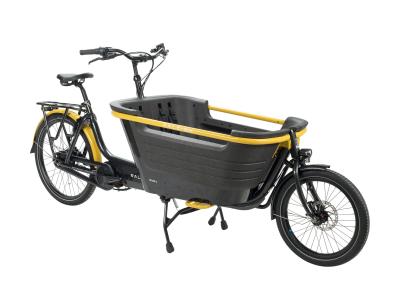
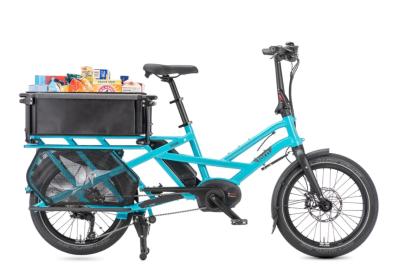
Cargo
Cargo bikes fall into two categories. Boxed and Longtail. Box Bikes feature a front or rear box and may have two or three wheels which can carry bulky loads like shopping or the kids, for example. Longtails have an extended rear which typically has aftermarket options available to suit the type of cargo you wish to carry. You can fit boxes, baskets, bags or seats. Cargo bikes can carry a lot of weight, normally in excess of 200kg. Customers who buy these are usually replacing a second car or trying to be a bit greener with their travel choices. This is the fastest growing market in the industry.